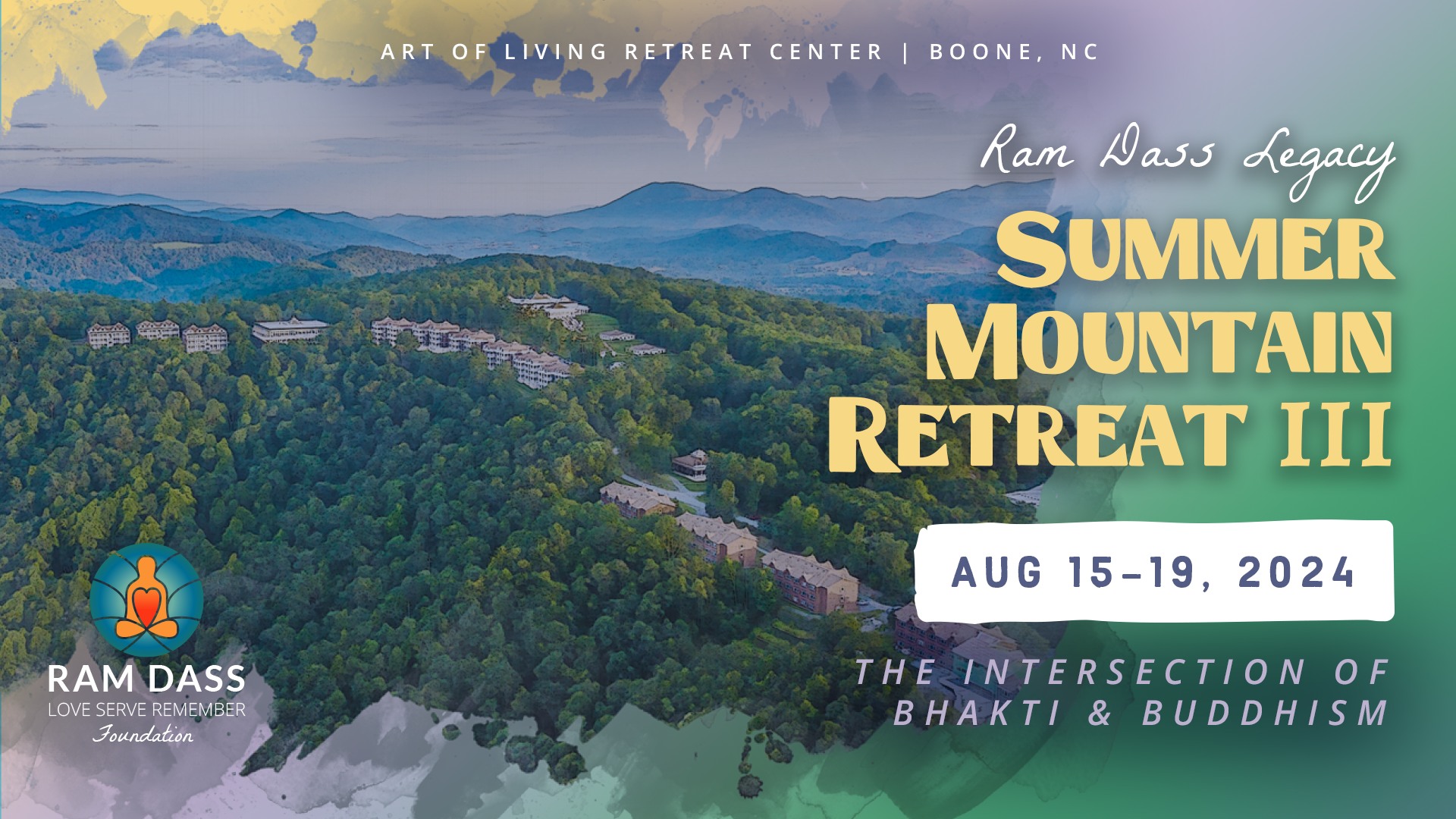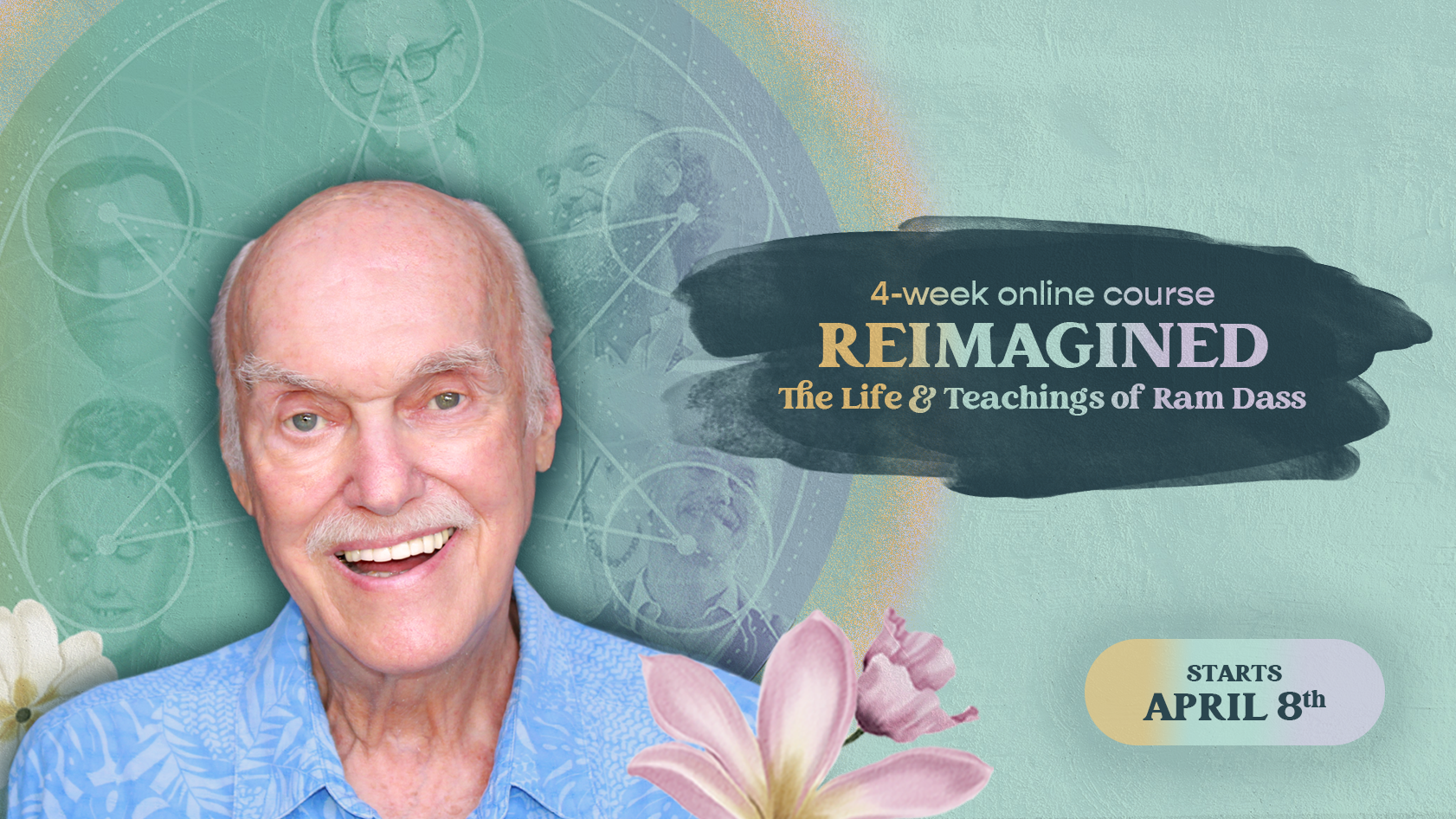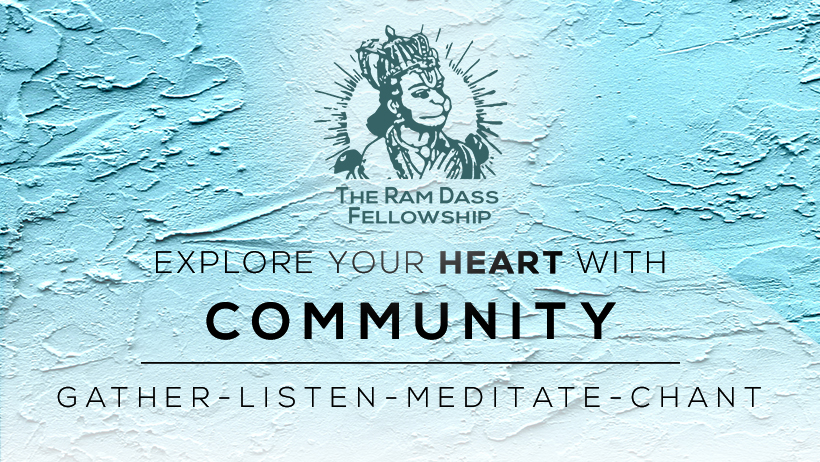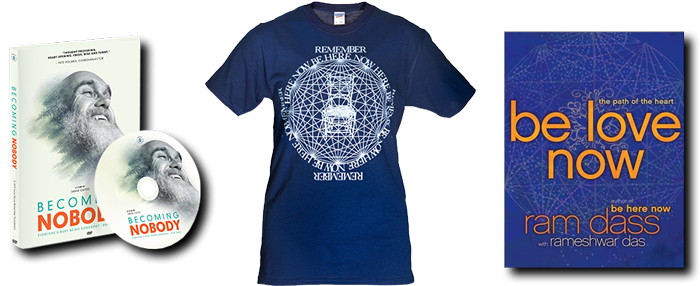I think that every institution has a difficult time staying as the edge of truth for a very long time, because of the pressure of survival. There has got to be enough structure for the game to work, and the structures often find this kind of mentality too high risk for its stability.
It’s too chaotic, and the question of how an institution is able to leave some degree of that free creativity is the secret of whether or not it has a long life, or it just turns into a nice big institution.
What I’ve noticed in most of the institutions I’ve been part of is that for the first few years it’s very exciting, and everybody feels challenged and at that living edge. Then everybody figures out how to socialize the game, how to appear to be changing and not actually changing, and everybody, because they have children and families now, have to get insurance policies… They’ve got to make the thing stable, and that sort of tempers their way of playing with that chaotic edge, and recognizing what is interesting.
You can make that edge your object of study, and it can draw you in altogether in a new way.
I’ve been blown away by the way the Hasidic community does this. I mean, learning and studying all the time. I didn’t sit at one meal where the weekly Torah reading wasn’t being discussed and interpreted by everyone at the table. What did it mean that the spies went into Israel, and so many came out believing Israel was the place, and then so many more came out, and what was their history… and my God, it just went on and on.
It’s a total push, it’s an ashram dream, where you’ve got everybody focused on remembering God every moment of the day. When I look around though, and I say, “Are you free? Is there joy? What is it?” I realize that within all of this there is fear of disillusion. That fear is motivating some of the behavior but is not grounds for creative institution. It can’t be based on fear. You’ve got to have the crystal glass already broken to be able to drink from it.
I think that remembering is the strategy that most religions are designed to do. It’s remembering there are other planes of consciousness, it’s remembering the illusory nature. It’s remembering Maya, it’s remembering Dukkha. It’s remembering the karma, the sangha, the Buddha, it’s remembering that you’re not caught on one plane of consciousness. It’s reminding you to wake up. The device is to wake you up.
Within Halakha laws in Judaism are the most exquisitely articulated guidelines. “When you are walking down a street on the east corner on Tuesday, do this.” I mean, it tells you everything, and you get your sense of “I am optimizing doing my practice through this,” and the 10,000 other things all day long. Now, the question is, “Who does that remembering?” Is it the same quality of remembering as something else?
Kalu Rinpoche said, “Ram Dass, you have only three things to do in this lifetime: Remember your guru, deepen your emptiness, deepen your compassion.”
Not bad. Remembering the guru is like placing the guru over the head, or wherever place, so that being mobilizes and energizes the qualities of the heart to be a supportive and resonant domain for transformative practices to occur.
You’re remembering your way back to your heart relationship. The remembering is a relational kind of thing, a set-up for the practices.
-Ram Dass










